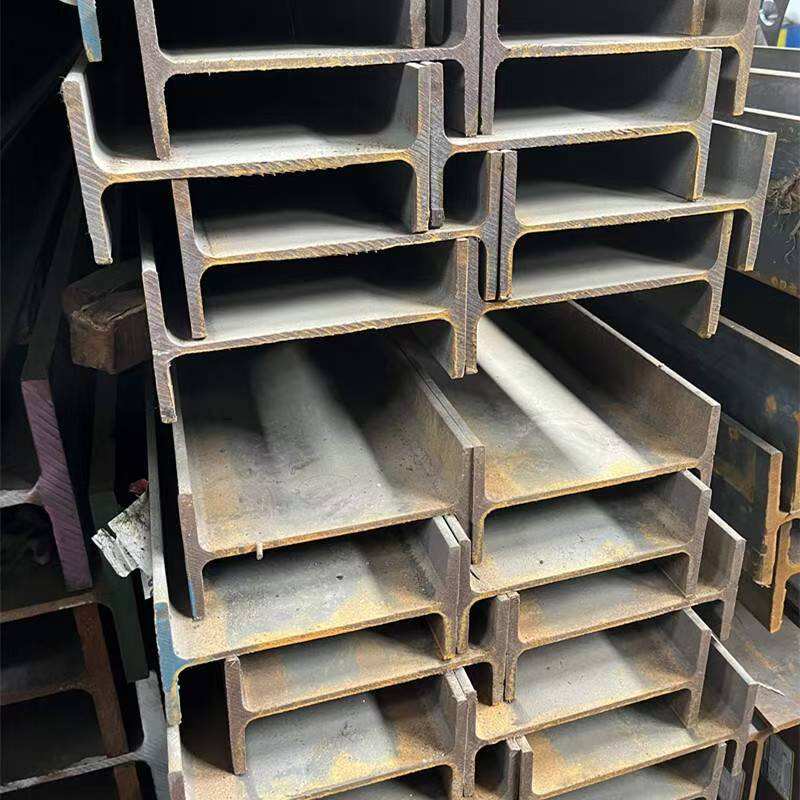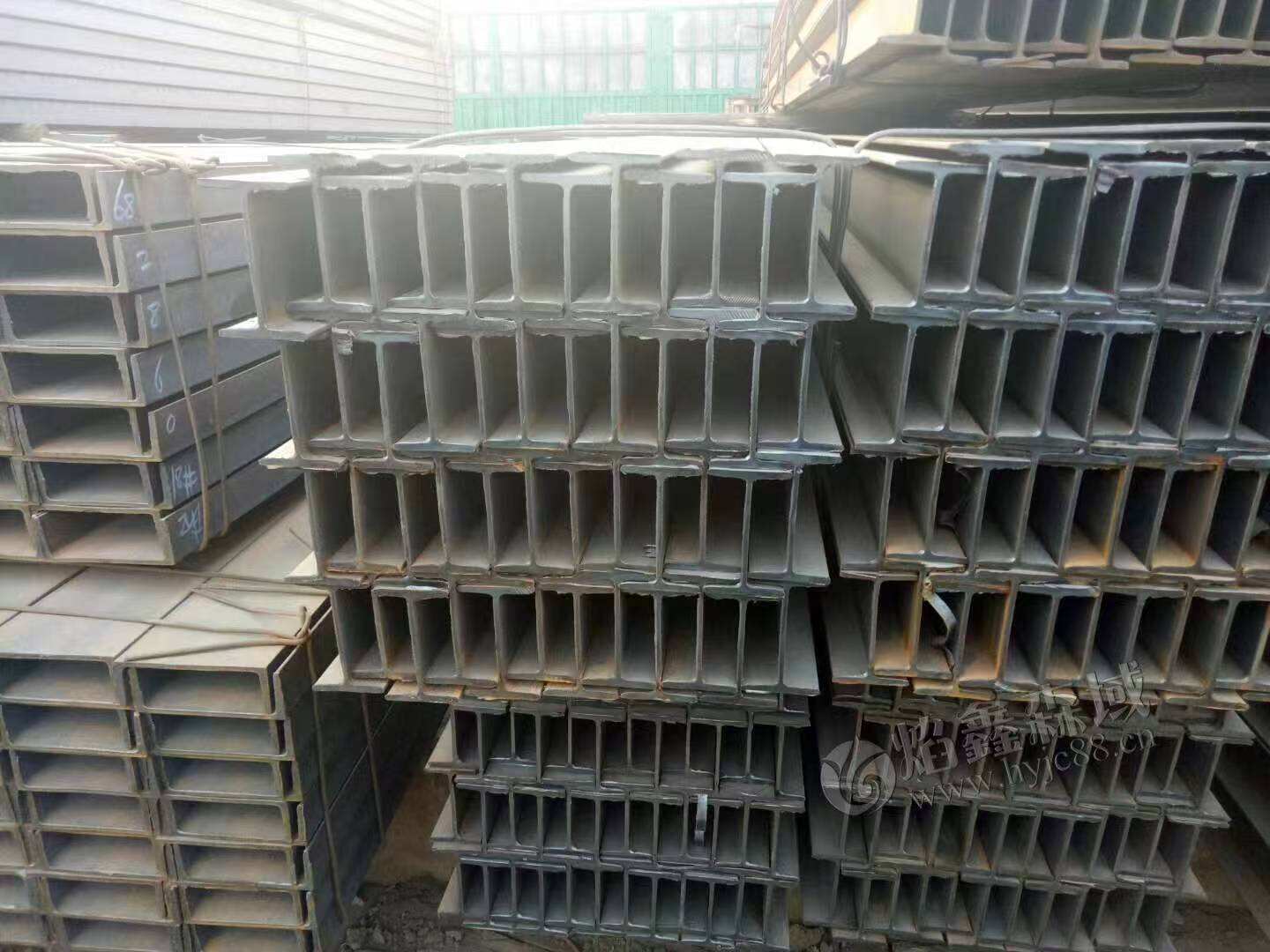Understanding Steel Beam Selection for Optimal Structural Support
When it comes to construction and building design, selecting the appropriate steel beam is one of the most critical decisions that can impact the entire project's integrity. Steel beams serve as the backbone of modern construction, providing essential support and load-bearing capabilities that ensure structural stability. Making an informed choice requires careful consideration of multiple factors, from load requirements to spatial constraints.
The selection process involves understanding not just the immediate structural needs but also considering long-term factors such as environmental conditions, maintenance requirements, and cost-effectiveness. A properly chosen steel beam can significantly enhance the building's durability while optimizing construction costs and ensuring safety standards are met.
Key Considerations in Steel Beam Selection
Load Bearing Requirements
The primary consideration when selecting a steel beam is its load-bearing capacity. This includes both dead loads (permanent weight of the structure) and live loads (temporary or moving weights). Engineers must calculate the total expected load and factor in safety margins to ensure the steel beam can adequately support all anticipated stresses.
Different types of loads require different beam configurations. For instance, concentrated loads might demand stronger steel beams with higher section modulus values, while distributed loads might allow for more economical options. Understanding these load patterns helps in selecting the most appropriate beam profile and size.
Dimensional Constraints
The physical dimensions of the steel beam must align with the available space in the structure. This includes considering the depth of the beam, which affects floor-to-ceiling height, and the width, which impacts the overall building footprint. Architects and engineers must balance the need for structural support with spatial efficiency.
Additionally, the beam's length span capabilities must be evaluated. Longer spans typically require deeper beams or alternative solutions such as built-up sections or composite construction to maintain adequate support while minimizing deflection.

Types of Steel Beams and Their Applications
I-Beam Configurations
I-beams, also known as W-sections (wide flange), are among the most commonly used steel beam types in construction. Their distinctive shape provides excellent strength-to-weight ratios and makes them ideal for various applications. The wide flanges offer good lateral stability, while the web efficiently handles shear forces.
These versatile steel beam profiles come in numerous sizes and weights, allowing designers to precisely match structural requirements. Their standardized dimensions also facilitate easier integration with other building components and simplify the construction process.
Channel and Box Sections
Channel sections offer unique advantages in certain applications, particularly when used as wall supports or in lighter load situations. Their C-shaped profile makes them excellent for framing applications and situations where one-sided mounting is required.
Box sections, formed by welding plates or using hollow structural sections (HSS), provide superior torsional resistance compared to open sections. These steel beam types are particularly valuable in applications where loads may be applied from multiple directions or where aesthetic considerations are important.
Material Properties and Performance Factors
Steel Grade Selection
The grade of steel used in beam construction significantly impacts its performance characteristics. Higher-grade steels offer increased strength but may come at a premium cost. The selection should balance structural requirements with economic constraints while considering factors such as weldability and fabrication ease.
Common steel grades like A36 and A572 offer different yield strengths and chemical compositions, affecting their suitability for various applications. Understanding these material properties is crucial for optimizing the steel beam selection process.
Corrosion Resistance and Treatment
Environmental exposure conditions play a vital role in steel beam selection. In corrosive environments or exterior applications, additional protective measures such as galvanization or specialized coatings may be necessary. These treatments can significantly extend the service life of the steel beam while maintaining its structural integrity.
The cost of protective treatments should be factored into the initial selection process, as it may influence the overall economic viability of different beam options. Long-term maintenance requirements and accessibility for inspection should also be considered.
Installation and Construction Considerations
Connection Methods
The method of connecting steel beams to other structural elements must be carefully planned. Whether using bolted connections, welding, or a combination of both, the connection design affects both the installation process and the overall structural performance.
Different steel beam profiles may require specific connection details, which can impact construction time and costs. The accessibility for making these connections during construction should be evaluated during the selection process.
Construction Sequence and Handling
The weight and size of steel beams affect their handling requirements during construction. Larger sections may require special lifting equipment or installation procedures, which should be considered in the planning phase. The construction sequence may also influence the choice of beam type and size.
The availability of skilled labor and equipment for handling specific beam types should be evaluated, as these factors can impact project timelines and costs. Additionally, site access and storage considerations may influence the selection of steel beam sizes and lengths.
Frequently Asked Questions
What factors determine the cost of a steel beam?
The cost of a steel beam is influenced by several factors including the material grade, size and weight of the section, market conditions for raw materials, fabrication requirements, protective treatments needed, and transportation costs. Additionally, installation complexity and connection details can affect the overall cost.
How do you calculate the required size of a steel beam?
Calculating the required steel beam size involves determining the total load (both dead and live loads), span length, and allowable deflection. Engineers use these factors along with the beam's section properties to select an appropriate size that meets both strength and serviceability requirements while considering building codes and safety factors.
What is the typical lifespan of a structural steel beam?
When properly specified and maintained, structural steel beams can last for many decades, typically 50-100 years or more. The actual lifespan depends on factors such as environmental conditions, loading patterns, maintenance practices, and the quality of protective treatments applied to the steel.



